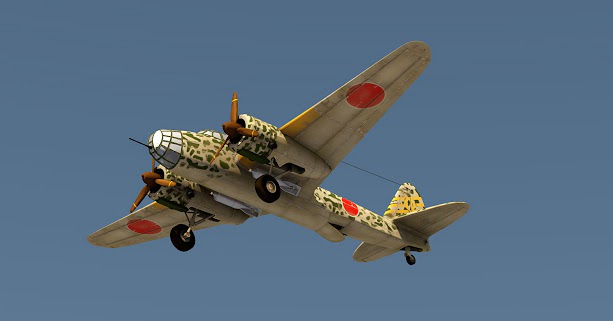
The doomed Ethiopian Airlines Boeing 737 Max that crashed and killed 157 people last month reportedly had its angle-of-attack sensor damaged on takeoff from a foreign object or bird.
The damaged sensor went on to trigger inaccurate data and resulted in the pilots turning the anti-stall software – known as MCAS – off, but it re-engaged and pushed the jet downwards, aviation sources close to the investigation told ABC News.
The pilots are said to have tried to manually bring the nose of the plane back up before restoring power but they were unable to regain control – ultimately resulting in the plane crashing to the ground.
It was not immediately clear whether the crew intentionally re-deployed the MCAS system, which was designed to push the nose of the 737 MAX down to prevent a stall but which is suspected of exacerbating a different scenario linked to two recent crashes.
A person with knowledge of the aircraft said the system cannot re-activate itself unless prompted by pilots. One possibility is that the crew may have re-activated MCAS in an attempt to reduce the forces on the control column, or because they were unable to adequately trim the plane manually.
Boeing warned against speculation ahead of a preliminary report, while Ethiopian investigators could not be reached for comment.
Boeing’s anti-stall software is at the center of investigations into last month’s Ethiopian Airlines crash and a Lion Air accident in Indonesia in October.
Ethiopia is due to release its first report on Thursday.
No significant new technical issues have so far emerged in the Ethiopian investigation beyond those already being addressed by Boeing through updated software in the aftermath of the Lion Air crash, a person familiar with the findings said.
People close to the Ethiopian investigation have said the anti-stall software – which automatically pushes the aircraft’s nose down to guard against a loss of lift – was activated by erroneous ‘angle of attack’ data from a single sensor.
The investigation has now turned towards how MCAS was initially disabled by pilots, in line with part of a cockpit checklist procedure, but then appeared to start working again before the jet plunged to the ground, the people said.
A directive issued after the Indonesian crash instructed pilots to use two cut-out switches to disengage the system in the event of problems and then leave them switched off.
Officials briefed on the matter said a key question is when did the pilots at the helm of the Ethiopian Airlines 737 MAX disengage the MCAS system and did they do it too late to regain control of the airplane.
Two people briefed on the matter said the system is not designed to resume operations unless the crew acts and the crew may have unintentionally re-engaged the system as it desperately tried to pull the plane out of its nose-down descent.
They cautioned the data was still being reviewed and that the findings were preliminary.
The U.S. Federal Aviation Administration and National Transportation Safety Board declined to comment.
Boeing is working to submit an upgrade of the software to the U.S. regulators in a couple of weeks and adding extra training.
Investigators will also look at whether the crew carried out procedures in full, including a recommendation to steady the plane’s nose using the trim system before turning software off.
The pilots maneuvered the plane back upwards at least two times before hitting the stabilizer cut-out switches to disable the system, a person familiar with the matter said.
However, initial flight data indicates the aircraft was flying nose-heavy and not in a ‘neutral’ attitude when pilots hit the stabilizer cutout switches to disable the MCAS system, the person added, making the situation harder to manage.
After the pilots turned off MCAS, the airplane over the next few minutes gained roughly 2,000 feet, but dived into the ground after the MCAS system re-engaged, a source told Reuters.
Safety experts stress accidents are usually caused by a combination of factors and the probe is at an early stage.
END

Be the first to comment